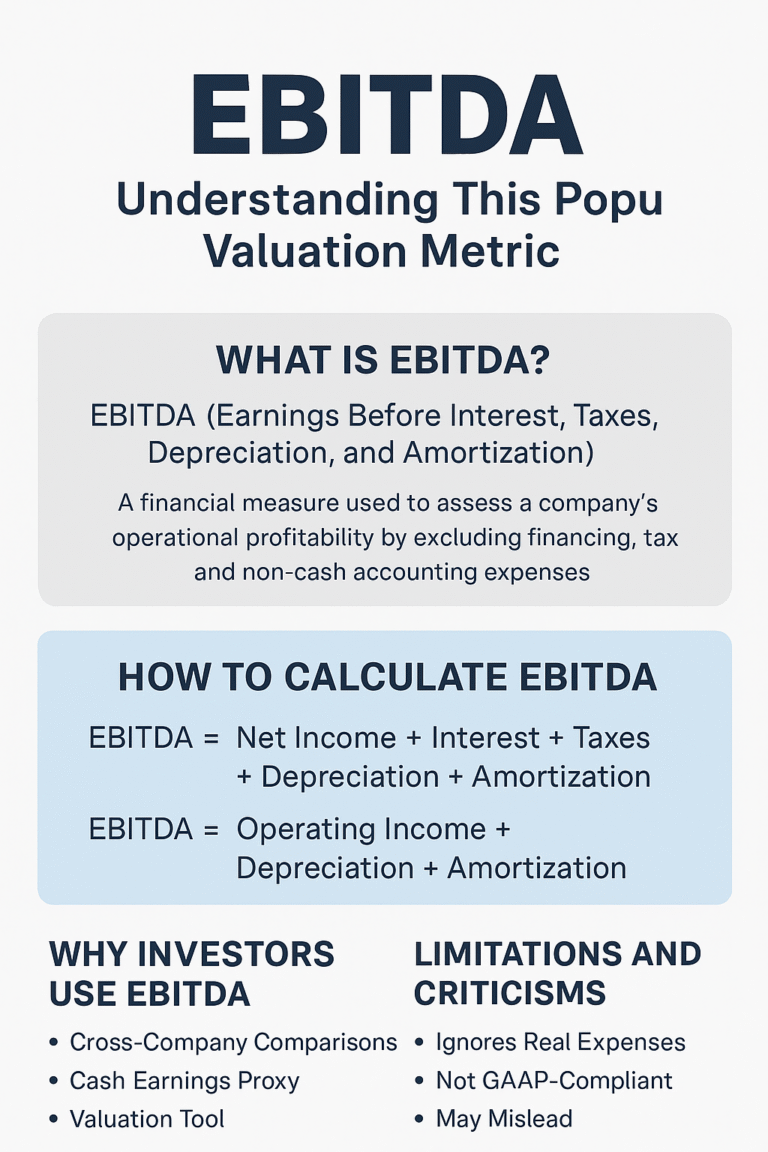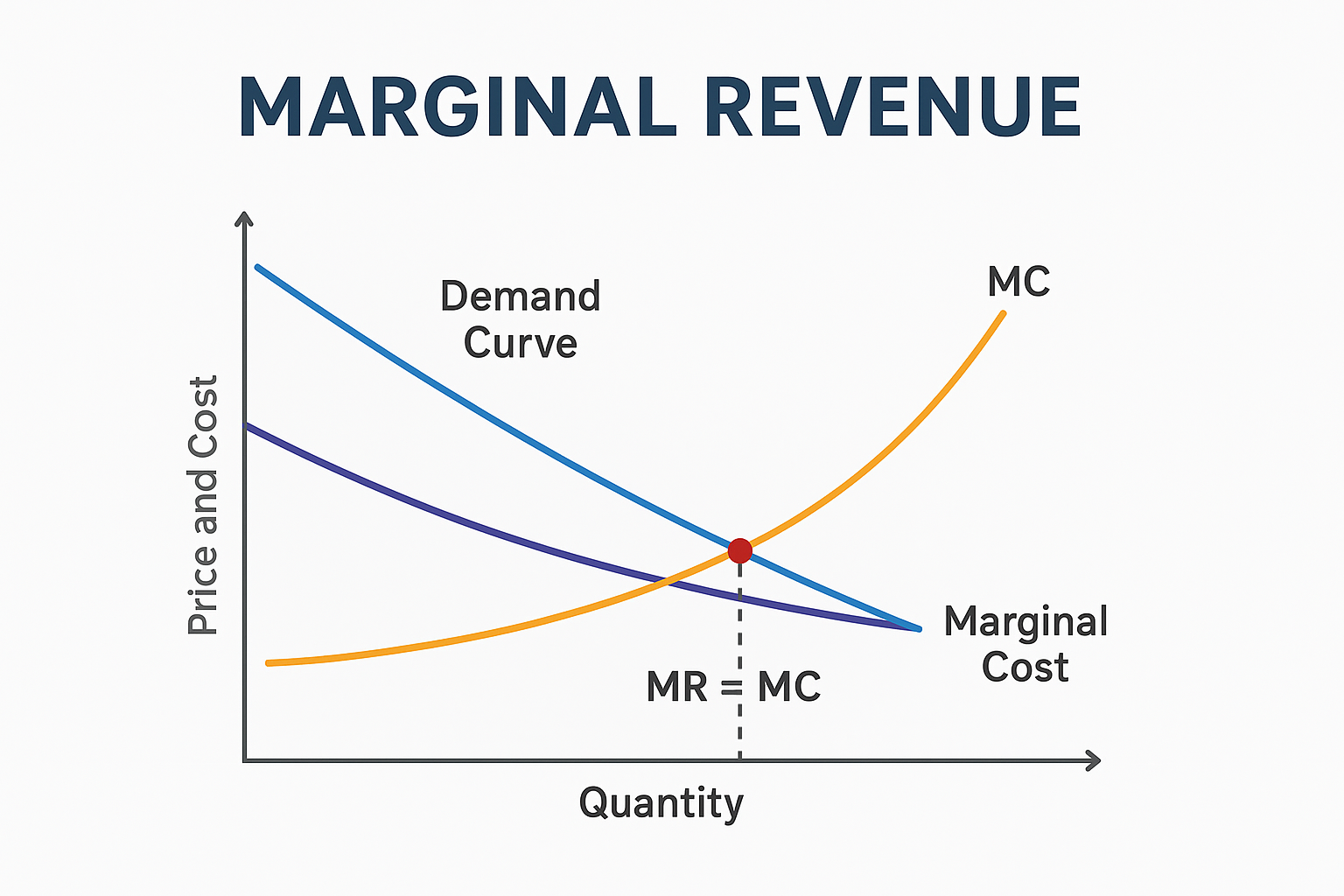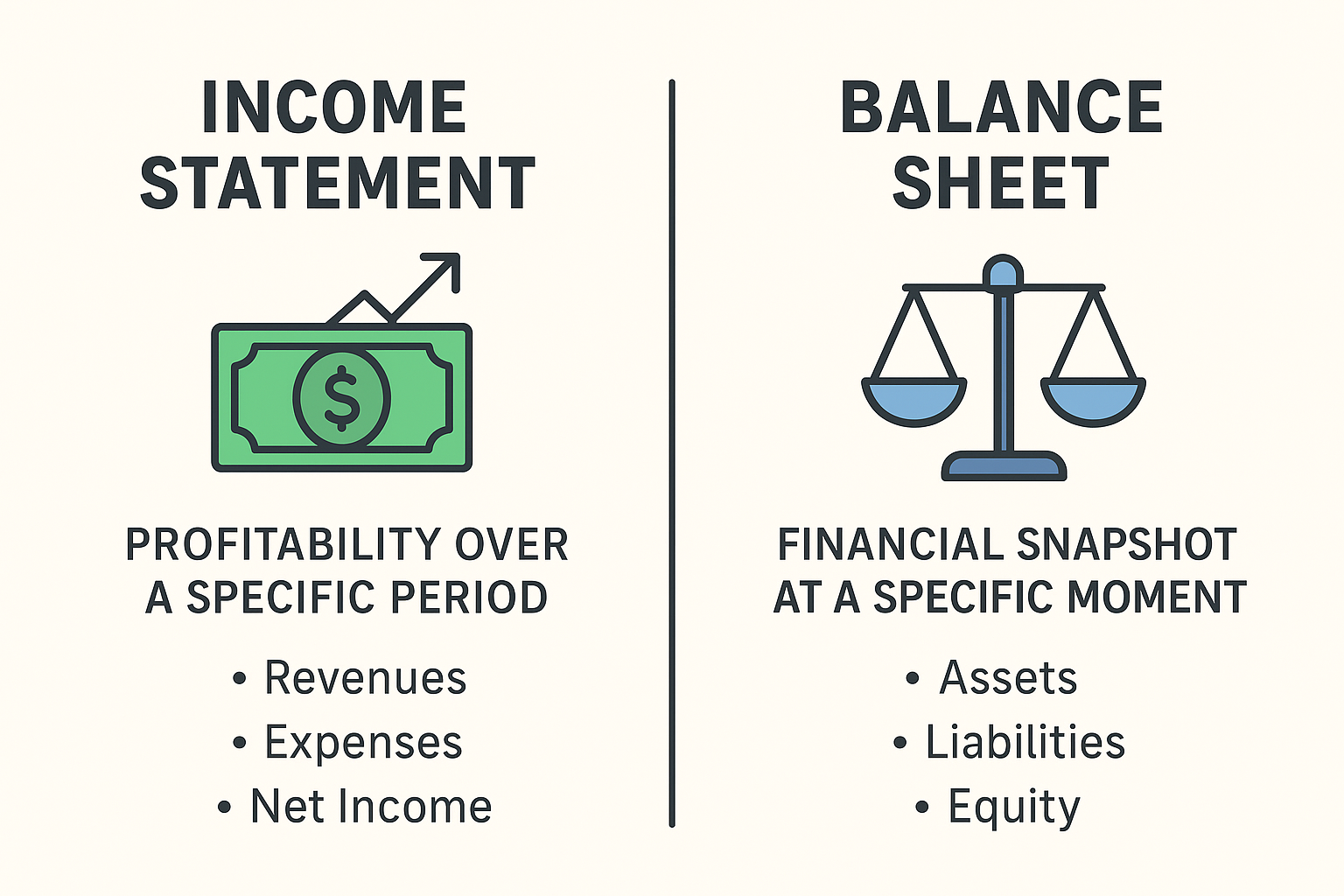Master the 20/4/10 Rule for Smart Car Buying
If you want to buy a car without wrecking your budget, the 20/4/10 rule is your golden formula: put at least 20% down, finance it for no more than 4 years, and keep your total car expenses under 10% of your gross monthly income.
This simple, time-tested approach keeps your transportation costs manageable, helps you avoid excessive debt, and ensures you’re not paying for a car long after it’s lost most of its value.
In this guide, you’ll learn exactly how the 20/4/10 rule works, why it’s effective, how to apply it in real life, and mistakes to avoid, so you can buy the right car without sacrificing your financial future.
What Is the 20/4/10 Rule?
The 20/4/10 rule breaks car affordability into three simple steps:
- 20% Down Payment
- Put at least 20% of the car’s purchase price upfront.
- This reduces your loan amount, minimizes interest, and helps you avoid being “upside-down” (owing more than the car is worth).
- 4-Year Loan Term or Less
- Finance the car for no more than 48 months.
- Shorter loan terms mean higher monthly payments, but you’ll pay less interest and be free of debt sooner.
- 10% of Gross Monthly Income Cap
- Keep total monthly car expenses, loan payment, insurance, fuel, maintenance, under 10% of your gross monthly income.
- This ensures your car isn’t eating into savings, retirement, or other essentials.
Why the 20/4/10 Rule Works
Many car buyers focus only on the monthly payment, but that’s how people get trapped in 6, 7, or even 8-year loans with massive interest costs.
The 20/4/10 rule works because it:
- Reduces Interest Paid – Paying 20% down and choosing a short term slashes interest costs.
- Prevents Negative Equity – Cars lose 15–20% of value in the first year. A large down payment protects you from owing more than it’s worth.
- Keeps Lifestyle Inflation in Check – By capping car expenses at 10% of income, you leave more room for savings, investing, and emergencies.
- Builds Ownership Faster – A 4-year loan ensures you enjoy years of payment-free driving instead of paying interest for nearly a decade.
How to Apply the 20/4/10 Rule (Step-by-Step)
Let’s break it down using a real-world example.
Example:
- Annual Gross Income: $75,000 ($6,250/month)
- Max Car Budget (10%): $625/month for all car costs
- Desired Car Price: $30,000
- Down Payment (20%): $6,000
- Loan Amount: $24,000
- Loan Term: 48 months
If the interest rate is 6%, your monthly loan payment would be about $563. Add insurance, gas, and maintenance, and you’d be close to, but not over your $625 monthly cap.
Steps:
- Calculate your monthly income. Multiply annual gross income ÷ 12.
- Multiply by 10%. This is your total transportation budget.
- Estimate non-loan expenses (insurance, gas, maintenance). Subtract them from your budget to see what’s left for the payment.
- Choose a car that fits your budget after factoring in a 20% down payment and a 48-month term.
When to Adjust the Rule
While the 20/4/10 rule is a great benchmark, you may need to adjust if:
- Your income is lower – You might aim for 15% down instead of 20%, but be cautious.
- You have no debt and high savings – You might slightly exceed 10% without harming your finances.
- You drive very little – Lower fuel/maintenance costs could give you more flexibility.
Tip: If you can’t meet the 20/4/10 thresholds, consider buying a more affordable used car instead of stretching the budget.
Common Mistakes to Avoid
- Ignoring Total Costs – Insurance, taxes, maintenance, and fuel can push you over the 10% cap quickly.
- Focusing Only on the Monthly Payment – A low monthly payment over 84 months is more expensive in the long run.
- Skipping the Down Payment – Zero-down loans often leave you underwater from day one.
- Buying Too Much Car – Just because the dealer says you “qualify” doesn’t mean you can afford it.
Actionable Tips & Tools
- Use Online Loan Calculators – Sites like Bankrate or NerdWallet help you check payments instantly.
- Get Pre-Approved – Know your rate before visiting the dealer.
- Shop for Insurance Early – Premiums vary greatly by car model.
- Save in Advance – Treat your down payment like a mini emergency fund.
Example Car Budget Worksheet
| Category | Amount |
|---|---|
| Car Price | $30,000 |
| Down Payment (20%) | $6,000 |
| Loan Amount | $24,000 |
| Loan Term | 48 months |
| Interest Rate | 6% |
| Monthly Payment | ~$563 |
| Insurance | $90 |
| Fuel & Maintenance | $50–$70 |
| Total Monthly Cost | $613–$623 |
Final Thoughts
The 20/4/10 rule is a simple, powerful way to keep car buying from derailing your finances. By putting 20% down, limiting the loan to 4 years, and keeping expenses under 10% of your income, you ensure your vehicle is a tool for freedom, not a financial anchor.
If you’re car shopping now, run the numbers before signing anything. You’ll thank yourself in a few years when you’re driving a paid-off car with extra cash in your pocket.






